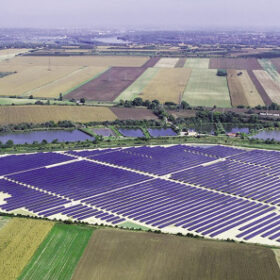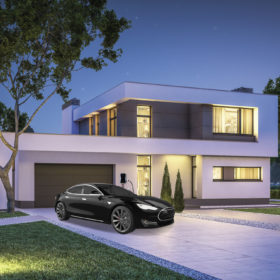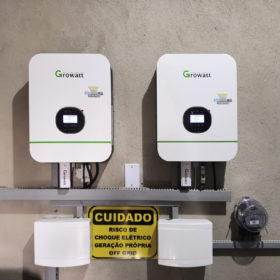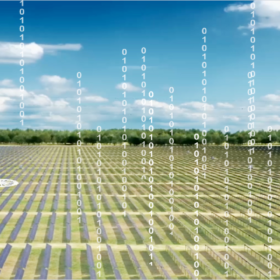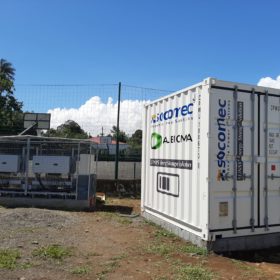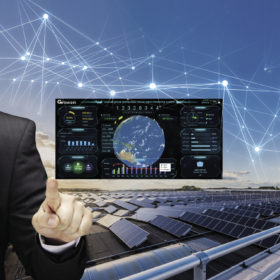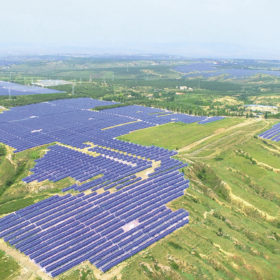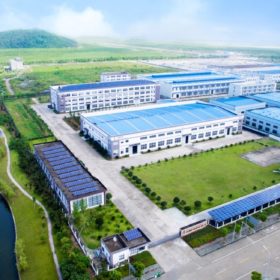Navigating Europe’s policies, markets, and trends
Europe is widely considered a renewable energy powerhouse, at least with regards to technology establishment and kick-starting the green economy. Installation trends and markets are expanding – and Covid-19 could provide new opportunities for the continent.
The smart home in focus
Imagine an energy system where power generation is achieved through a diverse and decentralized network of energy units, such as your rooftop solar panels, that are monitored intelligently and the grid is able to manage supply and demand in real-time fashion. In this next energy era, the electric utilities do not generate their primarily revenues from moving electrons – but instead, by gathering and managing data – offering services rather than power. The vision of this futuristic energy system is not far from reality – and definitely provides a direction of travel for the energy industry.
Off-grid Brazil: extending beyond isolated communities
The Brazilian power grid reaches approximately 99% of the country’s population. To connect the remaining 1% has been challenging – often located in isolated communities of regions that are difficult to reach. With increasing global adoption of solar+storage, and significant price drops across the two technologies over the past decade, the solution is showing promise for the remote Brazilian market. Solar+storage is becoming a more competitive solution than its most popular alternative – diesel – to supply the needed power for off-grid communities. And now, even grid-connected residential properties are opting for independence.
Huawei’s latest intelligence: Smart PV for future
The new president of Huawei’s Smart PV Business Unit, Chen Guoguang, talks to pv magazine about his new role in the company and the future of his division. Increased investment in smart PV R&D and technological innovation are at the top of the agenda. The intelligentization of energy products is also a priority, with much to be gained from the integration of information and communications technologies (ICT) and energy.
Battery storage steps in to support renewable targets on French islands
France’s Energy Transition Law has set forth aggressive renewable targets with plans to achieve energy independence by 2030 for its Non Interconnected Areas (NIA), or small isolated electricity networks. The renewable targets for its primarily overseas regions are more ambitious than the country’s mainland energy transition goals, with the national plan aiming to achieve 50% renewable energy penetration for NIA electricity by the end of this year. The rapid deployment of solar PV on the country’s islands across international waters creates challenges for grid operations, and battery storage is stepping in as a solution.
Smart is the name of the game
Set out on a path to make a difference in the world’s energy future, young entrepreneur David Ding started Growatt a decade ago at the age of 30. Since then, his company has moved quickly to become one of the largest rooftop inverter manufacturers in the world. High in energy and swift to make bold moves, Ding is on a mission to shift the role of user-side solar generators – to become active participants of the new energy future.
Predicting the future for smart PV
Over the next five to 10 years, renewables will assume a larger role as a main power source for electric grids, and PV has a particularly bright future. Considering the latest trends in power electronics technology, PV is quickly evolving down the path to intelligence. Given the rapid development of emerging information and communication technologies (ICT) – such as AI, cloud computing, big data, and 5G – Huawei has an idea of what’s in store for the future of solar PV.
LBIC: Seeing solar’s potential
Digital imagery with laser lights has been used to measure a solar cell’s performance for some time now through a process called light beam induced current (LBIC) mapping. However, due to the serial nature of image processing, it hasn’t been easy to do quickly. Danish start-up InfinityPV says it has employed a method that will expedite the LBIC speed by more than 10 million times.
Intersolar SA: where bifacial and trackers collide
The industrial development of the bifacial solar module over the last few years represents one of the most significant events in the world of photovoltaic systems. Today, this technology constitutes one of the most promising trends in the global solar market. During Intersolar South America, Convert will present its bi-facial tracker, an innovative solution to gain more solar energy from the panels.
Ginlong Goes 5G
Chinese manufacturer Ginlong Solis‘ latest technology development, its fifth generation (5G) inverter, brings forward a new set of solutions for today’s smart energy infrastructure.
